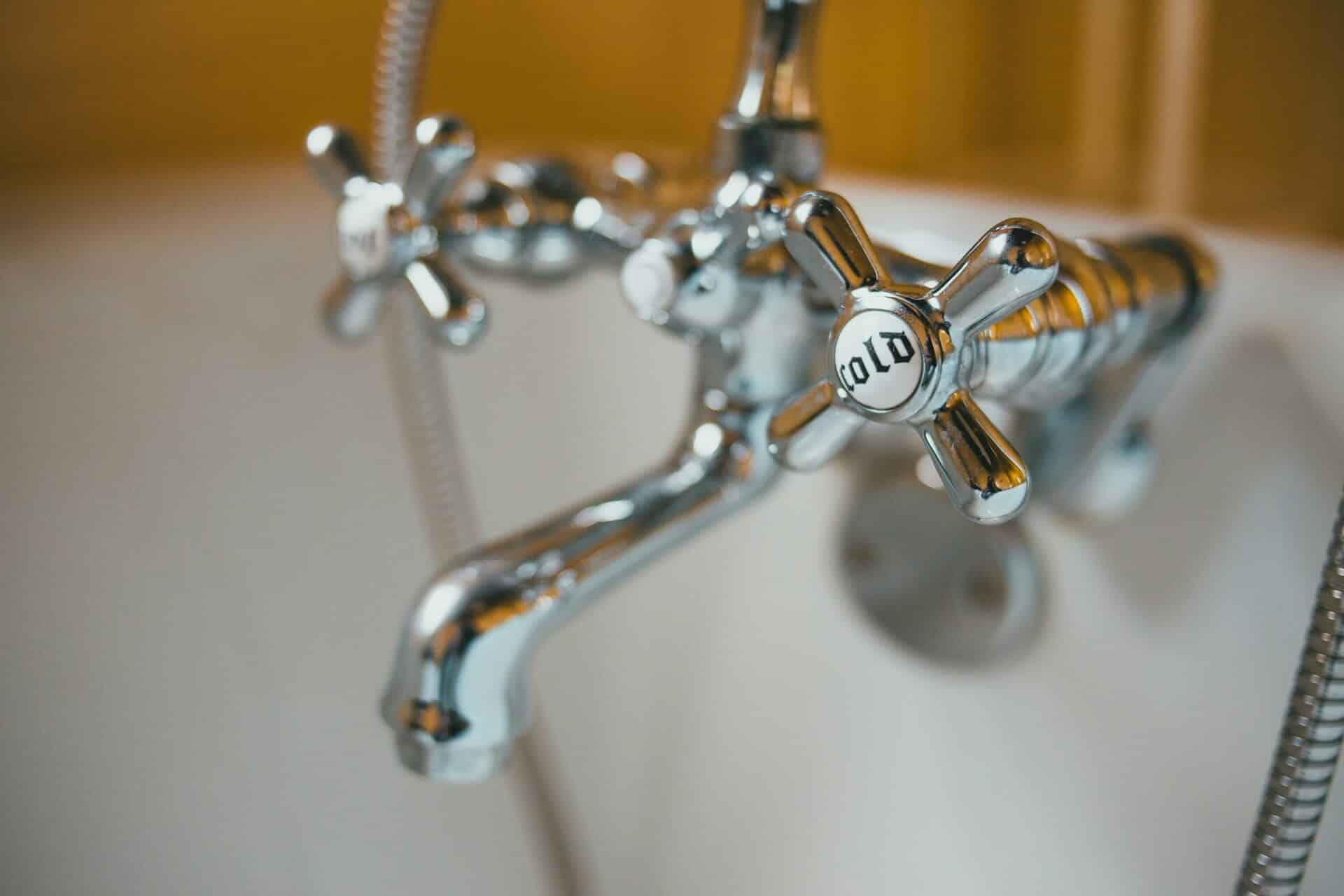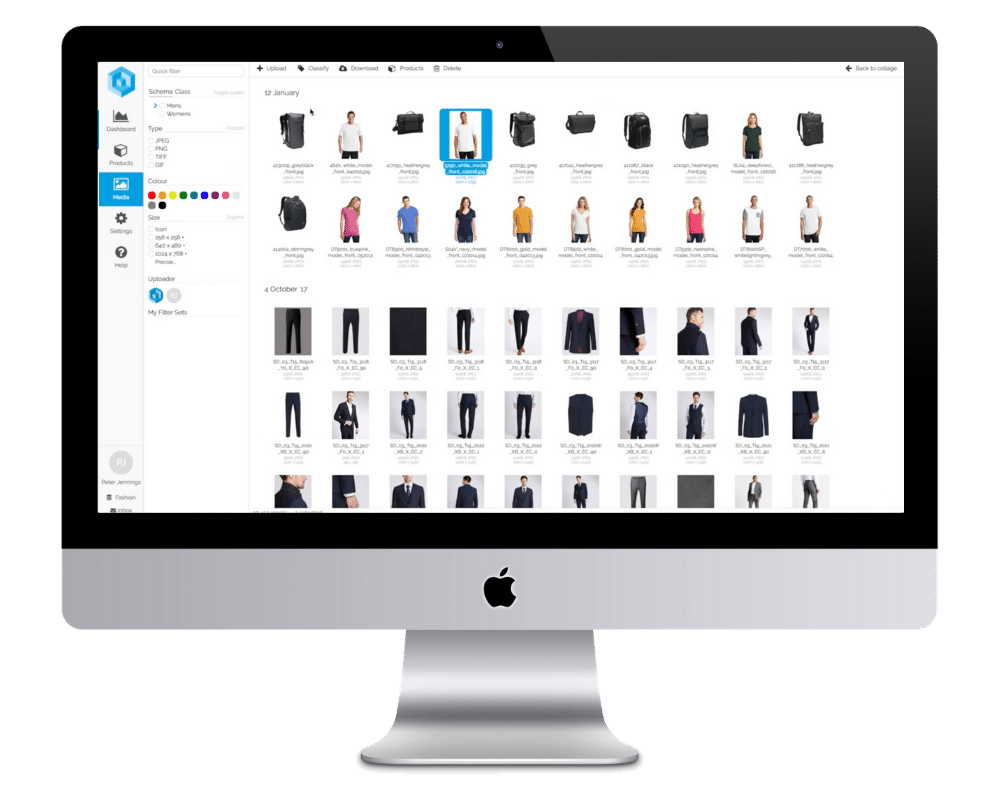Over the last couple of years, I’ve spoken with a wide range of bathroom brands and retailers about their product data challenges. These conversations have been invaluable in shaping my understanding of the sector, and one thing is clear: within the wider building materials space, bathrooms is a sub-sector where product data challenges are especially prominent, shaped by both market demands and consumer expectations.
So why is that? In this blog, I’ll share the themes that consistently come up when I talk to bathroom businesses. From the complexity of product ranges to the demands of retailers and the growing importance of sustainability, the common thread is that managing product data well is becoming central to success.
“Brands often tell me how overwhelming it is to keep everything aligned and consistent, especially with lean teams trying to handle it all.”
The Complexity of Bathroom Product Data
One of the first topics that comes up in conversations with bathroom brands is the complexity of their product data. Bathrooms involve products with extensive attributes — technical specifications, dimensions, finishes, styles, and compatibility with other items.
On top of that, many brands offer kits and bundles. A vanity unit might combine a basin, cabinet, and taps. Customers want the option to buy the full set or purchase components individually. Configurable products add another layer, where a single tap, for example, could come in multiple finishes or sizes. It doesn’t take long for one product line to turn into dozens of variations, each requiring accurate data.
Then there’s the digital content to support all of this: lifestyle imagery, technical line drawings, data sheets, and sometimes even CAD drawings and 3D models. Brands often tell me how overwhelming it is to keep everything aligned and consistent, especially with lean teams trying to handle it all.
Serving Different Retail Channels
Another consistent theme is the challenge of meeting different retail partners’ needs. Some retailers are traditional and prefer simple spreadsheets. Others are more advanced and want access to data through portals or customised formats.
The reality for manufacturers is that every customer works differently. Managing this manually, usually through spreadsheets, takes up a huge amount of time and leaves room for error. Brands I speak to are often looking for ways to streamline this process — ensuring they can serve all their partners effectively without reinventing the wheel each time.
Distributors and merchants face similar challenges. They often need to publish the same data across websites, marketplaces, and physical stores, to help everyone from digital teams, “man-in-van” trade partners and end consumers. Consistency across channels is vital, and it’s something many bathroom businesses admit is a struggle without the right processes in place.
Why Traditional Channels Still Matter
While digital channels are growing quickly, traditional routes to market are far from disappearing. In my conversations with bathroom businesses, many point out that a big part of their customer base still prefers catalogues or personal relationships over the phone with sales reps.
Catalogs, whether short brochures or large product books, remain important sales tools. Likewise, reps need access to accurate product information to respond quickly to customer queries. Some retailers also rely on in-branch staff who aren’t always product experts, so making product data accessible in a simple way is crucial.
The lesson here is that product information processes need to support both digital and traditional channels. Businesses that focus only on one risk leaving parts of their customer base behind.
Consistency and Accuracy Are Non-Negotiable
Bathroom projects are rarely simple. Customers often combine products from different brands, and everything has to fit together seamlessly. This makes consistent, accurate product information critical.
I’ve heard more than once that inconsistent data leads to confusion, delays, or even costly mistakes. When data is centralised and aligned, everyone — retailers, consumers, and staff — has more confidence in the information they’re working with. That confidence can be the difference between a smooth project and a frustrating experience.

Trends Bathroom Brands Care About
Packaging Data and Regulations
One of the strongest trends I’m hearing about right now is packaging data. Since the introduction of plastic packaging tax regulations, it’s become a priority for bathroom businesses to capture packaging information.
A couple of years ago, this was a topic that only came up occasionally, often in conversations with companies already focused on sustainability. Now, it’s a consistent theme. Businesses are making sure they record packaging types, weights, and dimensions alongside their product data to avoid fines and stay compliant.
Sustainability and Consumer Expectations
Sustainability more broadly is another recurring focus. More consumers want to know where products come from, what materials they’re made from, and whether they carry certifications. Younger customers, in particular, are much more environmentally aware, and bathroom brands are adapting.
I regularly hear businesses talk about the importance of capturing and sharing sustainability credentials. Being able to hold and link this information to products not only meets consumer demand but also helps align with broader business strategies around sustainability.
Getting Product Data in Shape Early
When I speak to bathroom brands that are starting to think about improving their product data, there are three areas I always recommend focusing on first:
- Standardise attributes: If you sell a mix of products — say showers and toilets — think about which attributes you want to apply consistently across ranges. Standardisation makes everything easier down the line.
- Map product relationships: Kits, bundles, spare parts, and configurables are central to bathrooms. Thinking about how these connect before making changes helps create a more structured and scalable approach.
- Consider channel requirements: Different sales channels have different needs. Mapping out where your product data will go, and what each channel requires, can save a lot of time when you come to implement changes.
These aren’t overnight fixes, but they’re important steps that can make a real difference before you even start considering tools or systems.
Bathrooms as an Example for Other Industries
Bathrooms are a fascinating sector because they’re slightly ahead of the curve on product data compared to some others. The complexity of the products, combined with varied routes to market, has forced bathroom brands to take product information seriously earlier than many other industries.
That doesn’t mean bathrooms are unique. I’ve seen other sectors starting to face similar challenges — for example, travel has become much more product data-focused in the last few years and faces similar challenges with bundles and packages. The lessons from bathrooms apply to any industry with complex products and multiple sales channels: if you don’t have control over your product information, it’s going to hold you back.
Final Thoughts
When I reflect on all the conversations I’ve had with bathroom brands and retailers, one message stands out: product data isn’t just an operational detail, it’s a strategic priority.
From managing complexity and serving diverse channels to responding to regulation and sustainability, product information sits at the heart of how bathroom businesses operate. Those that invest time in getting it right will find it easier to serve their customers, differentiate themselves in the market, and adapt to future challenges.
At Pimberly, we work closely with bathroom brands facing exactly these issues. We’ve supported businesses such as Highbourne Group, Vado, Aqualisa, Bathroom Brands, City Plumbing, and Abode. Many of them have used our Vendor Portal to share data in the formats their retail partners need, whether that’s a simple CSV file or a more advanced portal feed. Others have benefited from the automated creation of Product Data Sheets, Catalogs, and eCatalogs, which saves huge amounts of time while ensuring consistency across digital and print channels. These features, combined with the ability to link packaging and sustainability data directly to products, are helping bathroom businesses tackle today’s challenges with confidence.
Bathrooms might not be the first sector people think of when it comes to innovation, but in terms of product data, they’re showing others the way forward.













